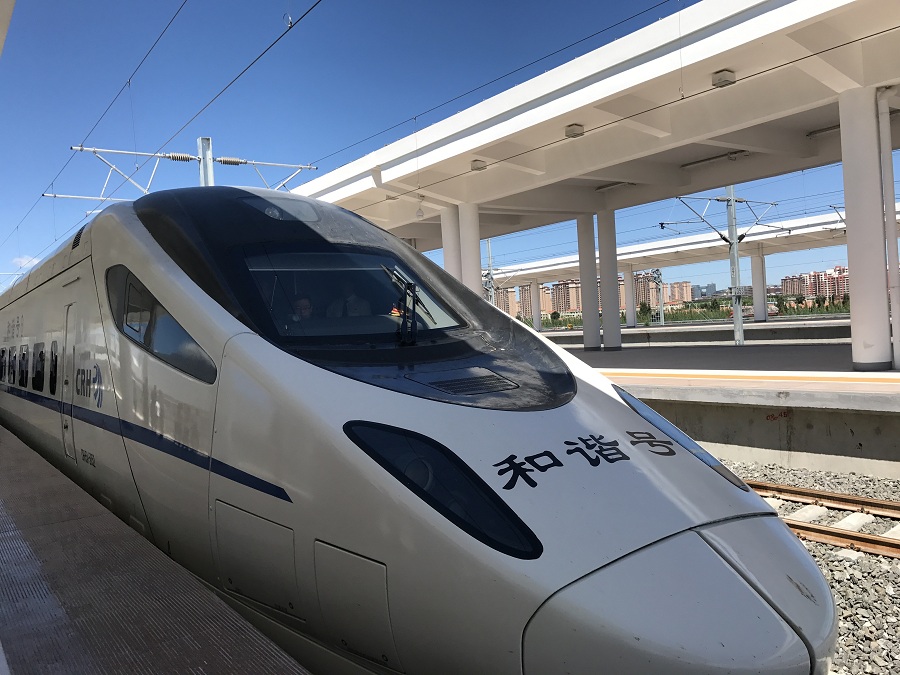Costs cloud efforts to achieve cleaner coal
By Du Juan (China Daily)
Updated: 2015-03-25
Research can help fight pollution, but firms need clear standards, reports Du Juan.
With major cities on the Chinese mainland often shrouded in smog, the government and many companies are striving to cut the use of coal - the major fuel source for the nation's power supply - and make it cleaner. But those efforts face a number of difficulties, including unclear standards, high costs and reluctance by coal producers to assume the expense of compliance.
"China has world-class clean coal technology, but the absence of clear standards and the weak level of supervision are hampering the industry's growth," said Bian Cheng, president of Keda Clean Energy Co Ltd.
The Shanghai-listed company, based in Guangdong, has been investing in coal gasification for about eight years. Bian said that the company has yet to make much profit despite spending "billions of yuan" to develop technology and equipment.
However, he added: "When the government recently enacted a strict environmental protection law, I regained confidence in the clean coal industry."
He said that industry leaders, including his company, do not need government subsidies. All they want are clear standards and a well-defined regulatory framework.
According to Bian, there are few barriers to entry in the industry, because there are no definite technical standards on what constitutes a clean coal project. That ambiguity in turn makes it difficult for local governments to approve coal projects.
"We need clearer guidance on how to put our technology into actual operation," he said.
Nur Bekri, head of the National Energy Administration, the nation's top energy planner, said the authorities are developing appropriate policies.
Under China's energy strategy for 2014-20, the nation will cap coal use at 4.2 billion metric tons by 2020. But the strategy makes it clear that coal will remain the nation's major source of energy for a long time, although it calls for accelerated research into cleaner technologies.
Liu Zhenyu, director of the energy engineering center at the Beijing University of Chemical Technology, said the government needs to confront the problems of coal use directly, because the fuel still accounts for as much as 65 percent of primary energy consumption.
He said that coal-fired power plants are not the chief cause of pollution. Rather, industrial boilers and small, inefficient coal-fired boilers are mainly to blame for carbon emissions. According to Liu, such boilers cause more pollution than coal-fired power plants, although they only use 70 percent as much coal.
Luo Jianhua, secretary-general of the China Environmental Chamber of Commerce, said that the widespread inefficient use of coal by the industrial sector is the biggest problem.
There is widespread support for clean coal technology to ease the pollution problem, but that can only be achieved with greater effort by coal producers themselves, some experts say.
China Shenhua Energy Co Ltd, the nation's biggest coal producer, does offer cleaner coal as part of its product range. But a source close to the company said that desulfurizing coal raises the production cost by 10 yuan ($1.6) to 20 yuan per ton.
"The domestic technology available is mature, but the cost is too high for coal companies unless they get subsidies," the source said.
In addition, the nation's major coal-producing areas, including Shanxi province and the Inner Mongolia autonomous region, are short of water - a crucial part of producing cleaner coal.
Deng Shun, a coal analyst with Shanghai-based energy information consultancy ICIS C1 Energy, said that focusing too much on the cleanness of coal does not solve the pollution problem. He said that it would be easier to cut emissions if large fuel-powered facilities invested more in environmental protection equipment.
"It is important to find a balance between the economic efficiency of coal use and environmental protection. It is not necessary to simply strive to produce highly clean coal," Deng said.
In addition to improved processing of raw coal, there are other technologies such as coal-to-gas facilities that can do even more to reduce emissions, but at an even higher cost.
Some analysts have urged a different focus. They have said that instead of spending heavily on advanced technology, cutting coal use would be more economical. Companies should find and use substitutes to a greater degree, they said.
The substitutes could be natural gas, coalbed methane gas and renewable energy. But those sources might not solve the problem quickly, either.
For example, China announced an ambitious plan in 2011 for coalbed methane, with the goal of producing 30 billion cubic meters annually by this year. But last year, total output was just about half that amount and a revised plan was released that deferred the realization of the target to 2020.
Deng said that standards and plans are not enough. It is also crucial to enhance supervision to ensure those policies are put into effect.
Contact the writer at dujuan@chinadaily.com.cn

(China Daily 03/25/2015 page13)

High-speed train debuts in Inner Mongolia
A bullet train departed Hohhot East Railway Station for Ulanqab marking the start of high-speed rail services using Inner Mongolia’s first newly-laid high-speed railway on Aug 3.
